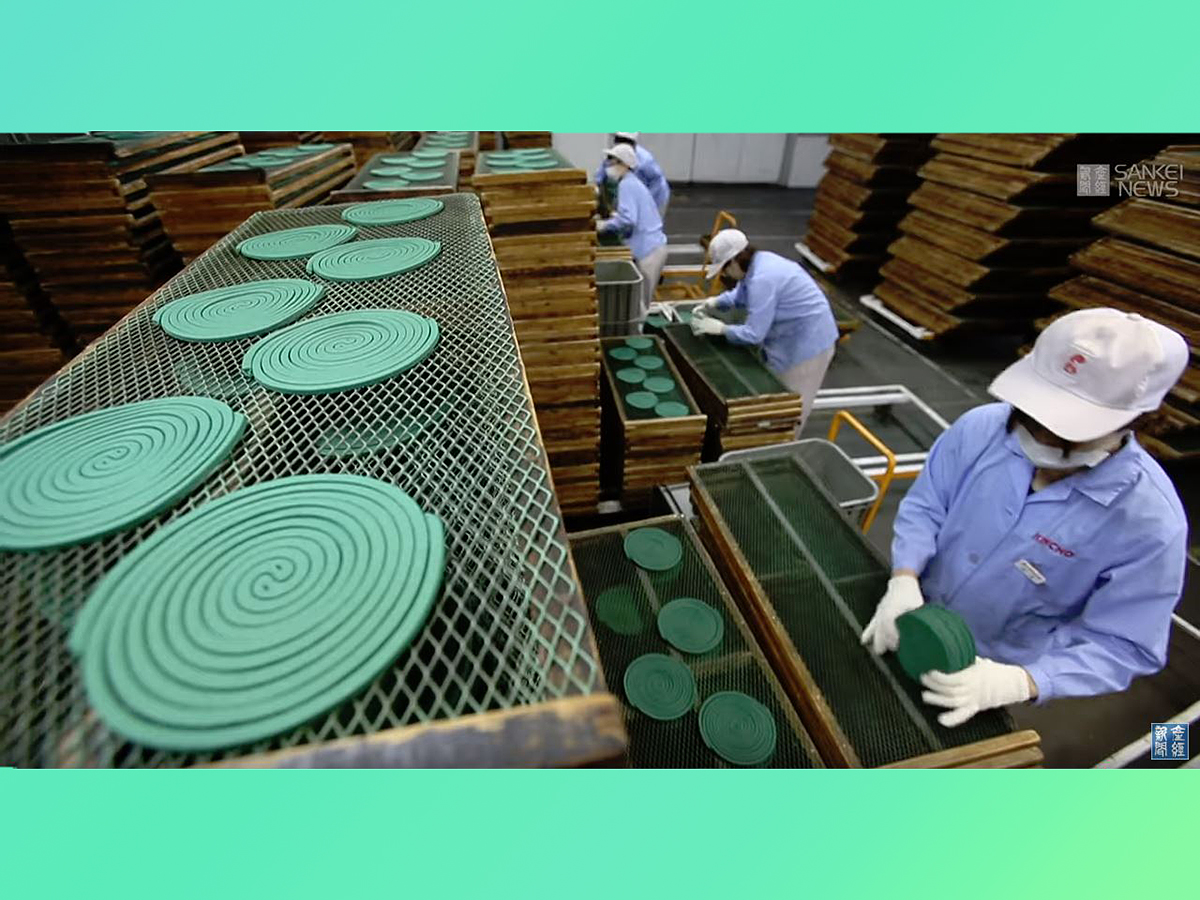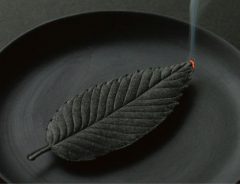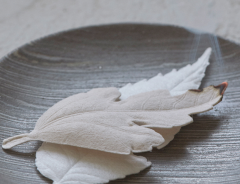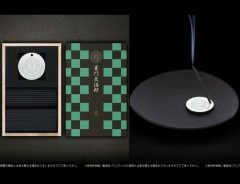
Source: © Sankei News
A Japanese Summer Icon: Katorisenko Mosquito Coils Reach Production Peak [Video]
- Source:
- © Sankei News
- Tags:
- Dainihon Jochugiku Co. Ltd. / Factory / Incense / insecticide / katori senko / Kincho / mosquito coil / pyrethrum / Sankei News
Related Article
-

Venerated Japanese Incense Maker Releases New Black Fallen Leaf Incense
-

Fashioning Japan’s ancient mizuhiki artform into modern accessories using the AROMA Cord
-

Historic Japanese Incense Makers Present Fallen Leaf Paper Incense
-

Venerated 445-year old incense maker releases fragrance sets inspired by Demon Slayer characters
-

The Geishas of Kyoto’s Gion District Gather For A Flamboyant New Year Ceremony [Video]
-

Japan now has a fresh salad vending machine


Katori senkō
Along with traditional wind chimes, yukata summer kimonos, iced barley tea, shaved ice and traditional uchiwa fans, the spiral incense of the mosquito coil, known as katori senkō 蚊取り線香 (literally "mosquito-removing incense") in Japanese, is an unmistakable part of the iconography of summer in Japan.
The slowly burning coil of the katori senkō can often be seen in Japanese films and anime. Typically forest green, they are also available in other colors, usually indicating different aromas. To burn them, you can either use the metal stand often included in the package, as you can see in the image below...
Rina | © PIXTA
...or place it in a traditional pig-shaped ceramic holder called a kayari buta 蚊やり豚 like this:
masa | © PIXTA
You don't need to burn it all at once, and can also break off a piece, which you can burn in a cute cat or angler fish stand like these.
Kincho brand
© Sankei News
Although mosquito coils are now used in many parts of the world, the incense was invented in Japan by businessman Eiichi Ueyama in 1890, who combined pyrethrum, an insecticide made from the Dalmatian chrysanthemum (Tanacetum cinerariifolium) with starch powder and other ingredients into a stick form.
However, it was Ueyama's wife Yuki who, upon discovering a snake coiled around itself in their storehouse, provided the inspiration for the spiral form which allowed the incense to burn longer and in a compact shape. And ever since 1905, Ueyama's company, which became Dainihon Jochugiku Co., Ltd. has been making mosquito coils under their famous Kinchō キンチョウ brand.
Mosquito coils reach production peak
Every year in late May, Dainihon Jochugiku Co.,Ltd. reaches its production peak, in preparation for the beginning of summer, at its factory in Arita, Wakayama Prefecture. Approximately 300,000 coils are made there every day.
The ingredients are mixed and blended into a paste...
© Sankei News
...then flattened, and cut into their distinctive spiral shape.
© Sankei News
Finally, they are dried under fans until they are ready to ship out.
© Sankei News
Video